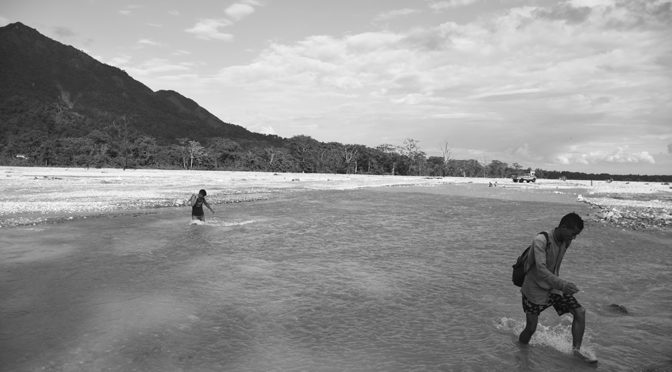Image by Pal Debanjan
These visual trends are often predictions based on a balance of what photographers are doing and what designers and agencies are looking for for their designs and pieces. For this year, Shutterstock presents five styles that they believe will dominate the design market during 2021.
These visual trends are often predictions based on a balance of what photographers are doing and what designers and agencies are looking for for their designs and pieces. For this year, Shutterstock presents five styles that they believe will dominate the design market during 2021.
1. Ikebana (the art of flower arrangement)
One of the main trends focuses on the growth of nature as the protagonist of the scenes. Within these protagonists flowers have had a great growth as a main element in campaigns and designs, which has made more popular photography based on floral arrangements of natural character.
The ikebana brings out the beauty of nature with seemingly simple arrangements. However, this art requires a lot of refinement and to know very well how to complement the branches, herbs, flowers and leaves to create a balance and a work of art from them.
Shutterstock mentions the use of Japanese and Scandinavian plants for the development of these pieces. It also recommends a good balance of the image and give room to highlight the arrangement. Someone with experience in art will be a great ally.
2. Modernism
In most trends, figure balance and neutral space will be key. This is where the inspiration of this age of art springs up in photography.
Neutral Bases, defined lines, organic curves and the use of simplicity to evoke sensations, messages and elements. The figure and its components are highlighted and the properties of the elements are mixed to create more layers of contrast (such as using organic backgrounds with industrial subjects).
For this trend Shutterstock says that the best elements are colored paper and craft foam paper that will help us set colors and figures. You should also take advantage of the elements in unusual ways, taking advantage of their geometry and materials to create depth and enhance the style.
3. Monochrome minimalism
This style focuses on enhancing products and subjects within the scene. As with the previous styles, the key is in simplicity. But it should be acquired carefully, because you need to play with the light contrast and shapes of the subjects to create a striking and pleasant composition.
Patterns and color analysis are important elements to achieve clear messages and attractive sensations to the audience. Unlike Ikebana or modernism, where the attention is on observing individual elements, here a general reading of the image is sought through the tone variants that guide it.
In this Section our allies are elements such as boxes, stairs or other elements that generate straight lines towards the Featured Product. Find that the elements are of very similar tones (or bring them to it). Play with the transparencies in the elements and with the projection of Shadows and lights to create reading paths in the image.
4. Antique
The relics of the family and those trinkets that seemed curious during the visit to the antique market are going to be reborn in the coming year. Inspiration in the old defines a trend in advertising of yesteryear, which will also lead us to complement these elements with monochrome.
However, the game is more about creating scenes that take us to an aesthetic of past centuries. Perhaps, a good inspiration will be to start visiting cinematographic pieces that represent eras such as ‘Moulin Rouge ‘or’Midnight in Paris’.
Shutterstock says that the keys to stand out in this field are to have clear topics to present, in this way the items to look for will be to evoke the message of the topic. In order not to become collectors of antiques, it is important to debug elements that can serve as a basis of style or accompaniment in multiple themes and only look for key elements when you are going to take a photograph. Dehydrated fruits, branches and flowers are always welcome.
5. Integration of ingredients
Understanding the properties or characteristics of products can help us enhance the image. Cotton on a cotton fabric, a hair dye on a tinted hair background or the elements that make up our customer’s beer accompanying a perfect product photograph.
This type of association allows viewers to quickly identify key properties that we want to highlight in the product image; leading to a more effective image and a simpler design where the focus is on the image. Likewise, color, simplicity and balance are key to not saturate the composition. If my product has 50 ingredients, but the key is its strawberry aroma, a reddish atmosphere and some strawberries accompanying the product are more than enough.
Shutterstock mentions that it is important to think about the industry being presented to make correct connections of the elements. Many elements of the clothing industry, personal care and alcohol have characteristics based on natural elements that can be obtained. In more industrial industries, textures, colors and results will be those property elements that will highlight the product.
Font: xatakafoto


